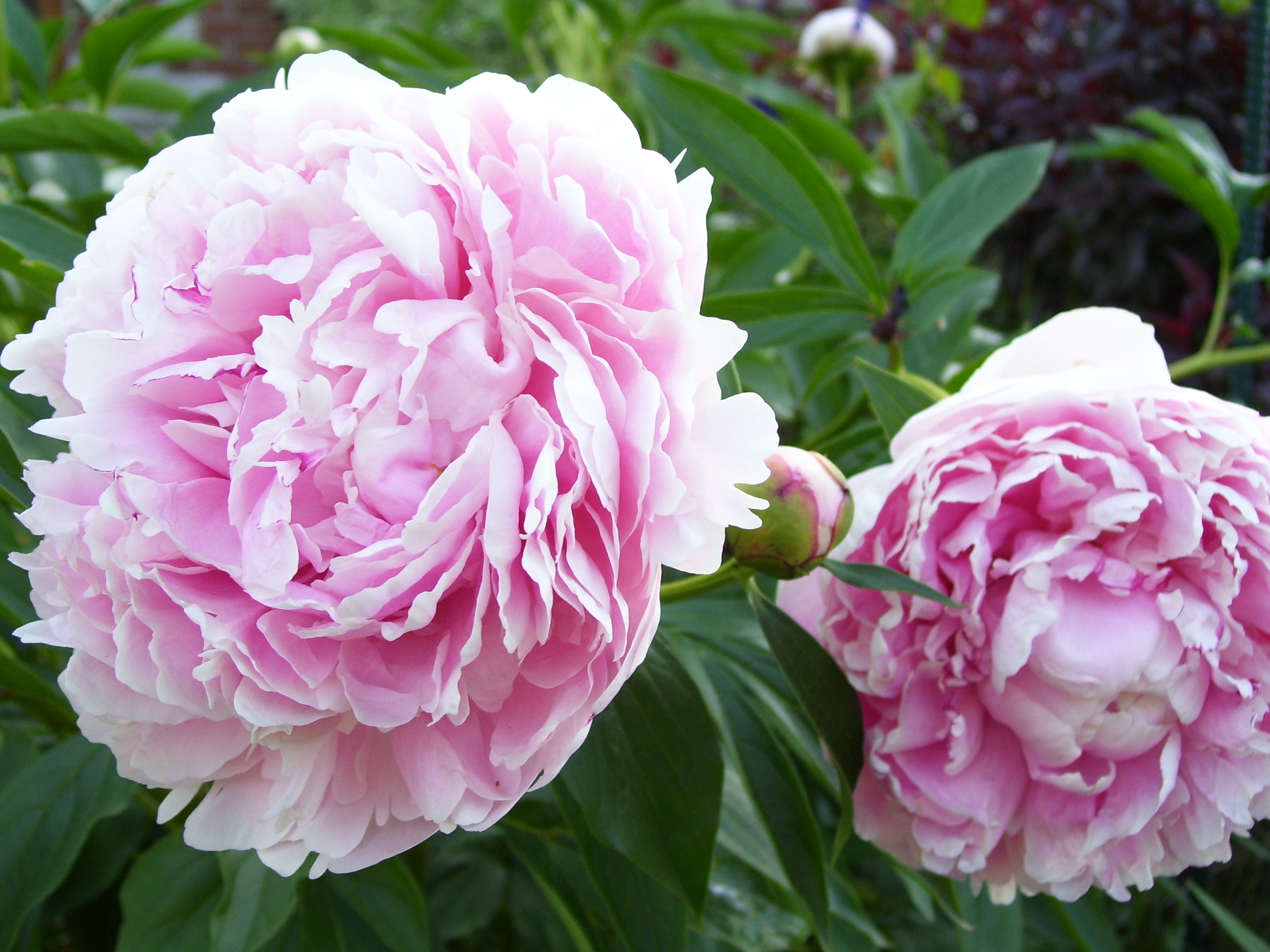|
Paeoniflorin
Paeoniflorin is a chemical compound which is one of the major constituents of an herbal medicine derived from ''Paeonia lactiflora''. It can also be isolated from the fresh water fern ''Salvinia molesta''. In ''Paeonia'', it can form new compounds with addition of phenolic substituents. In a study in female rats, paeoniflorin was found to inhibit the production of testosterone Testosterone is the primary sex hormone and anabolic steroid in males. In humans, testosterone plays a key role in the development of male reproductive tissues such as testes and prostate, as well as promoting secondary sexual characteristi ... within the ovaries, however does not significantly affect the production of Estradiol. In mice, paeoniflorin was shown to protect against neuroinflammation and depression-like behavior induced by IFN alpha.Paeoniflorin ameliorates interferon-alpha-induced neuroinflammation and depressive-like behaviors in mice. References Glucosides Benzoate esters ... [...More Info...] [...Related Items...] OR: [Wikipedia] [Google] [Baidu] |
Paeonia Lactiflora
''Paeonia lactiflora'' (Chinese peony, Chinese herbaceous peony, or common garden peony) is a species of herbaceous perennial flowering plant in the family Paeoniaceae, native to central and eastern Asia from eastern Tibet across northern China to eastern Siberia. Description It is tall and broad, with 9-lobed leaves long. The flower buds appear in late spring (May in the Northern Hemisphere). They are large and round, opening into fragrant, cup- or bowl-shaped flowers in diameter, with 5–10 white, pink, or crimson petals and yellow stamens. The plant attracts butterflies. Its habitats include dry open stony slopes, riverbanks and sparse woodland edges. Background ''Paeonia lactiflora'' was known as the white peony (''P. albiflora'') when first introduced into Europe. It was brought to England in the mid-18th century, and is the parent of most modern varieties. It has been grown as an ornamental in China since the 7th century. The Latin specific epithet ''lactiflora'' me ... [...More Info...] [...Related Items...] OR: [Wikipedia] [Google] [Baidu] |
Salvinia Molesta
''Salvinia molesta'', commonly known as giant salvinia, or as kariba weed after it infested a large portion of Lake Kariba between Zimbabwe and Zambia, is an aquatic fern, native to south-eastern Brazil. It is a free-floating plant that does not attach to the soil, but instead remains buoyant on the surface of a body of water. The fronds are 0.5–4 cm long and broad, with a bristly surface caused by the hair-like strands that join at the end to form eggbeater shapes. They are used to provide a waterproof covering. These fronds are produced in pairs also with a third modified root-like frond that hangs in the water. It has been accidentally introduced or escaped to countless lakes throughout the United States, including Caddo Lake in Texas, where the invasive species has done extensive damage, killing off other life. In Europe, ''Salvinia molesta'' has been included since 2019 in the list of Invasive Alien Species of Union concern (the Union list). This implies that this s ... [...More Info...] [...Related Items...] OR: [Wikipedia] [Google] [Baidu] |
Testosterone
Testosterone is the primary sex hormone and anabolic steroid in males. In humans, testosterone plays a key role in the development of Male reproductive system, male reproductive tissues such as testes and prostate, as well as promoting secondary sexual characteristics such as increased muscle and bone mass, and the growth of androgenic hair, body hair. In addition, testosterone in both sexes is involved in health and well-being, including moods, behaviour, and in the prevention of osteoporosis. Insufficient levels of testosterone in men may lead to abnormalities including frailty and bone loss. Testosterone is a steroid from the androstane class containing a ketone and a hydroxyl group at positions three and seventeen respectively. It is Biosynthesis, biosynthesized in several steps from cholesterol and is converted in the liver to inactive metabolites. It exerts its action through binding to and activation of the androgen receptor. In humans and most other vertebrates, testost ... [...More Info...] [...Related Items...] OR: [Wikipedia] [Google] [Baidu] |
Glucosides
A glucoside is a glycoside that is derived from glucose. Glucosides are common in plants, but rare in animals. Glucose is produced when a glucoside is hydrolysed by purely chemical means, or decomposed by fermentation or enzymes. The name was originally given to plant products of this nature, in which the other part of the molecule was, in the greater number of cases, an aromatic aldehydic or phenolic compound (exceptions are Jinigrin and Jalapin or Scammonin). It has now been extended to include synthetic ethers, such as those obtained by acting on alcoholic glucose solutions with hydrochloric acid, and also the polysaccharoses, e.g. cane sugar, which appear to be ethers also. Although glucose is the most common sugar present in glucosides, many are known which yield rhamnose or iso-dulcite; these may be termed pentosides. Much attention has been given to the non-sugar parts (aglyca) of the molecules; the constitutions of many have been determined, and the compounds syn ... [...More Info...] [...Related Items...] OR: [Wikipedia] [Google] [Baidu] |
